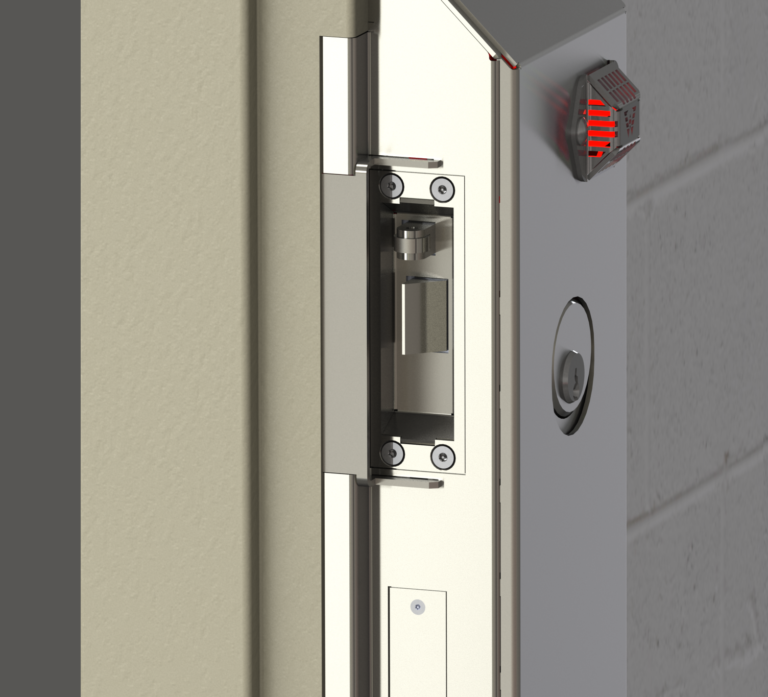Virginia Joins Growing Initiative to Reduce Juvenile Incarceration
NORFOLK, Va. — The number of juveniles held at the Norfolk Juvenile Detention Center has fallen by more than 50 percent even as juvenile arrests continue to rise, according to state police statistics.
For decades, Norfolk struggled with chronic overcrowding at its detention facility. However, following the implementation of a new policy that requires only youths who pose a flight risk, danger to themselves or society to be incarcerated while awaiting trial, the number of detainees has dropped by several hundred during the last two years, officials say.
Reducing overcrowding by diverting lower low-risk offenders makes the juvenile detention facility safer for both detainees and staff, eases management operations and reduces the potential for minor or first-time offenders to be further corrupted by more dangerous chronic offenders, officials say.
The turnaround has been achieved without endangering the community through the use of new technologies and proactive community monitoring, officials say.
Juvenile justice officials have implemented alternative methods, such as electronic bracelets and global positioning systems, to keep track of juvenile offenders in the community. In addition to technology, juvenile-justice staff visit and call offenders at home regularly.
Several years ago, Norfolk joined seven other jurisdictions in Virginia as part of a statewide effort to transform juvenile justice. The state program is based on alternative solutions and guidelines developed by the Annie E. Casey Foundation, a Maryland-based child-advocacy group.
Approximately 80 juvenile systems in more than 20 states are participating in the foundation’s initiative, which calls for reducing the number of minor offenders held in detention; creating viable, responsible alternatives to detention; improving detention facility conditions; and reducing delinquent behaviors among youth.
Daily population levels at participating juvenile justice facilities across Virginia have declined by up to 30 percent during the last four years, officials say.
In Virginia , juvenile justice staff use a state-developed rating system to evaluate offenders on a case-by-case basis and determine recommendations for detention or alternative strategies. Staff also sends reminder letters to parents to insure court appearances.
The Ann E. Casey Foundation: www.aecf.org






